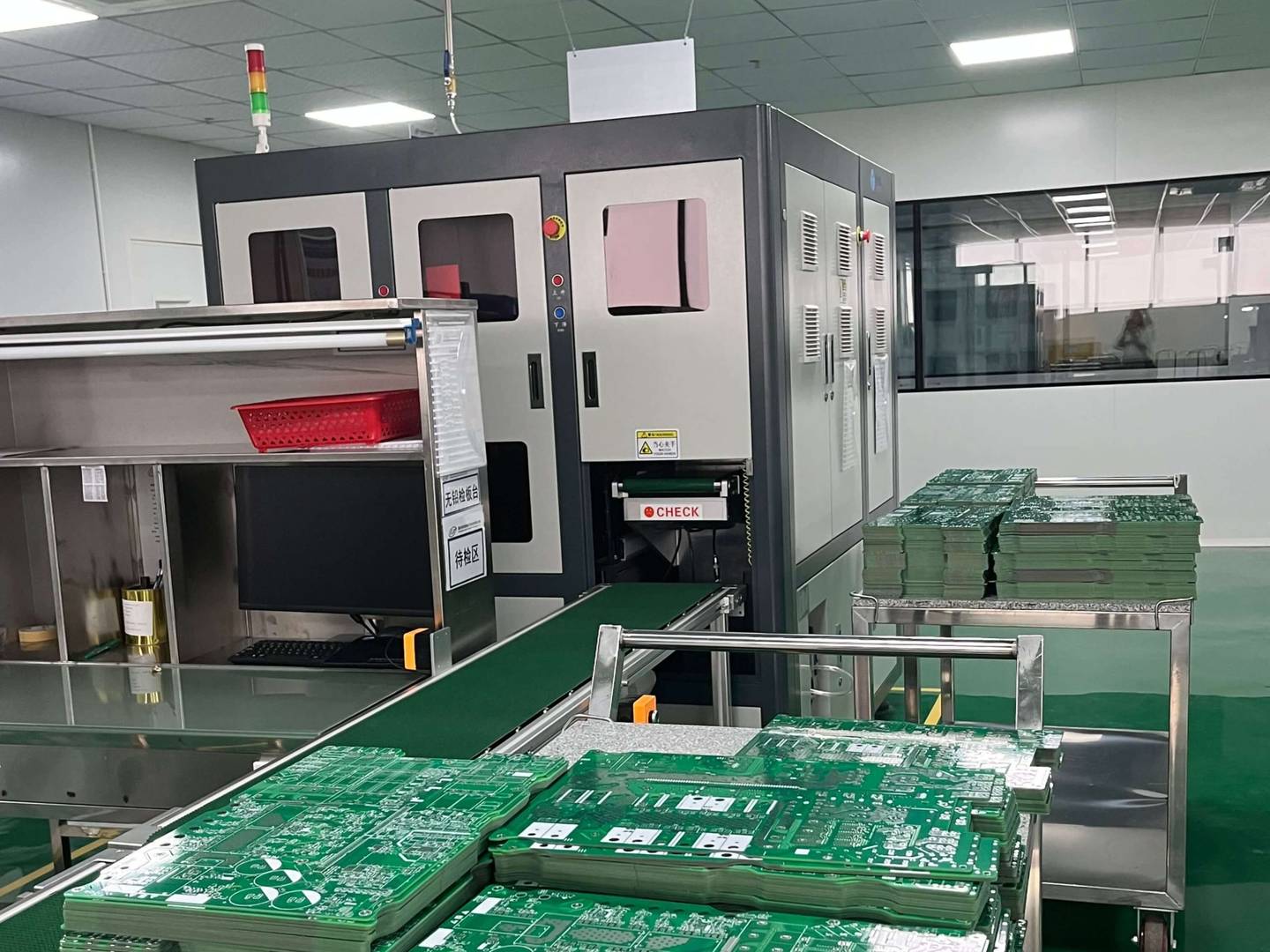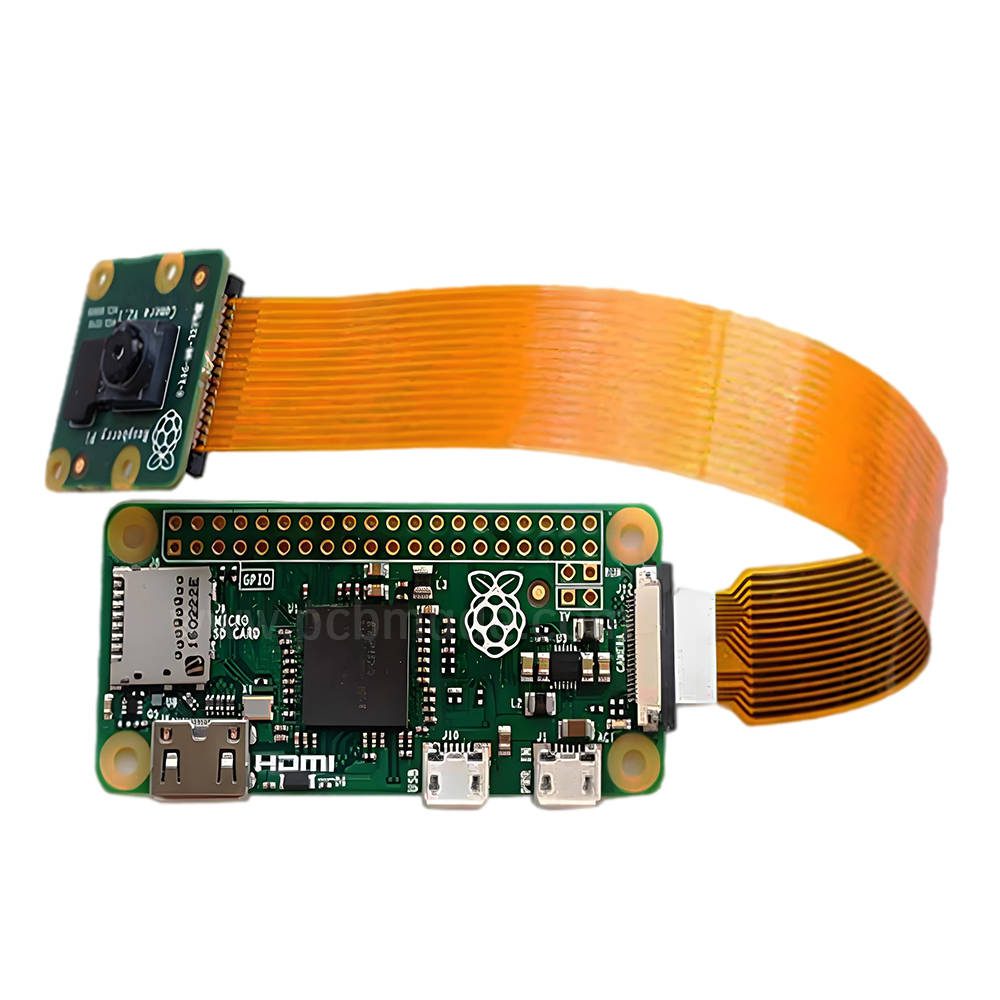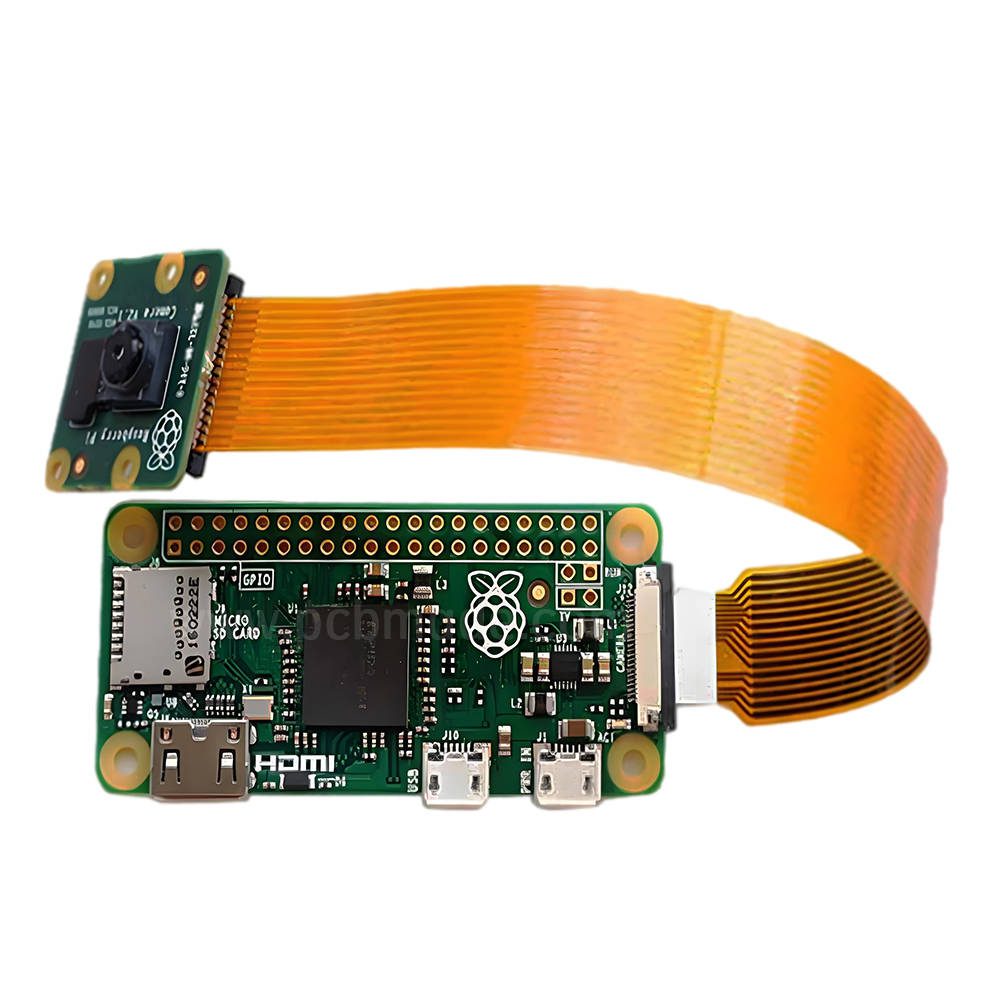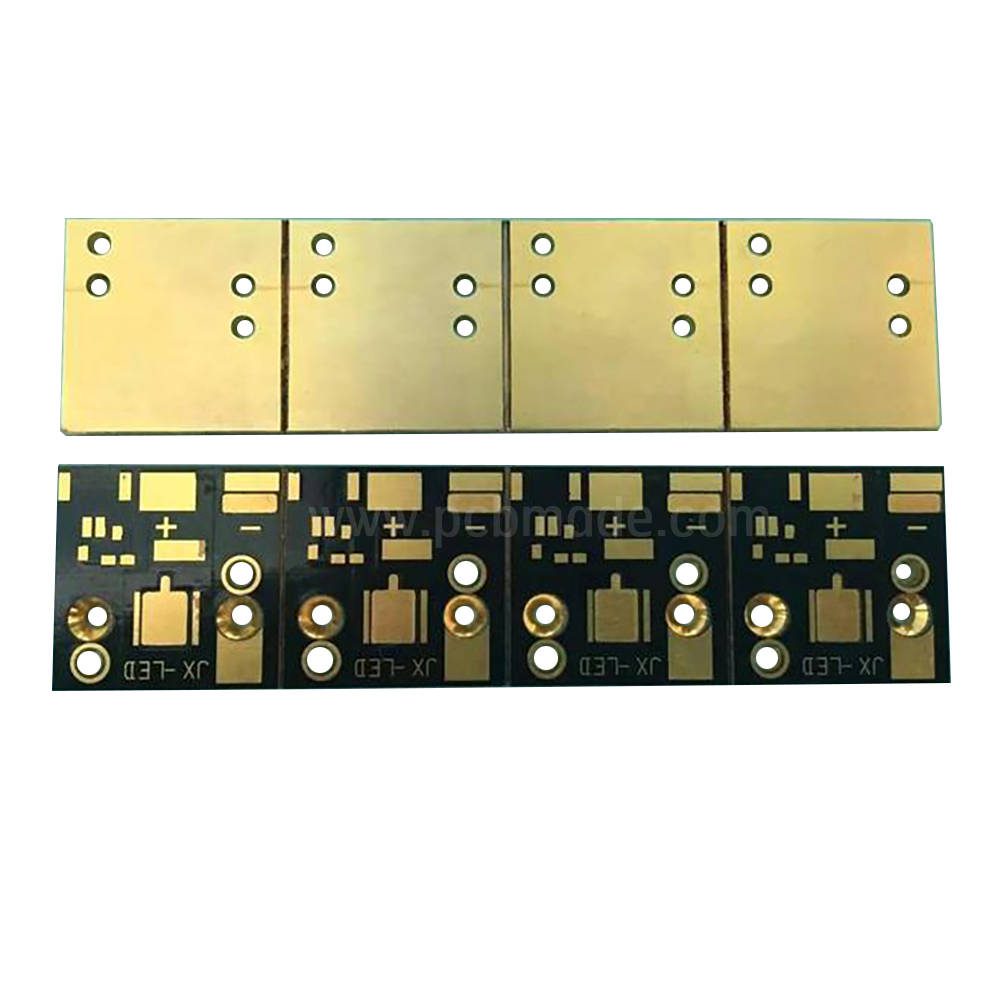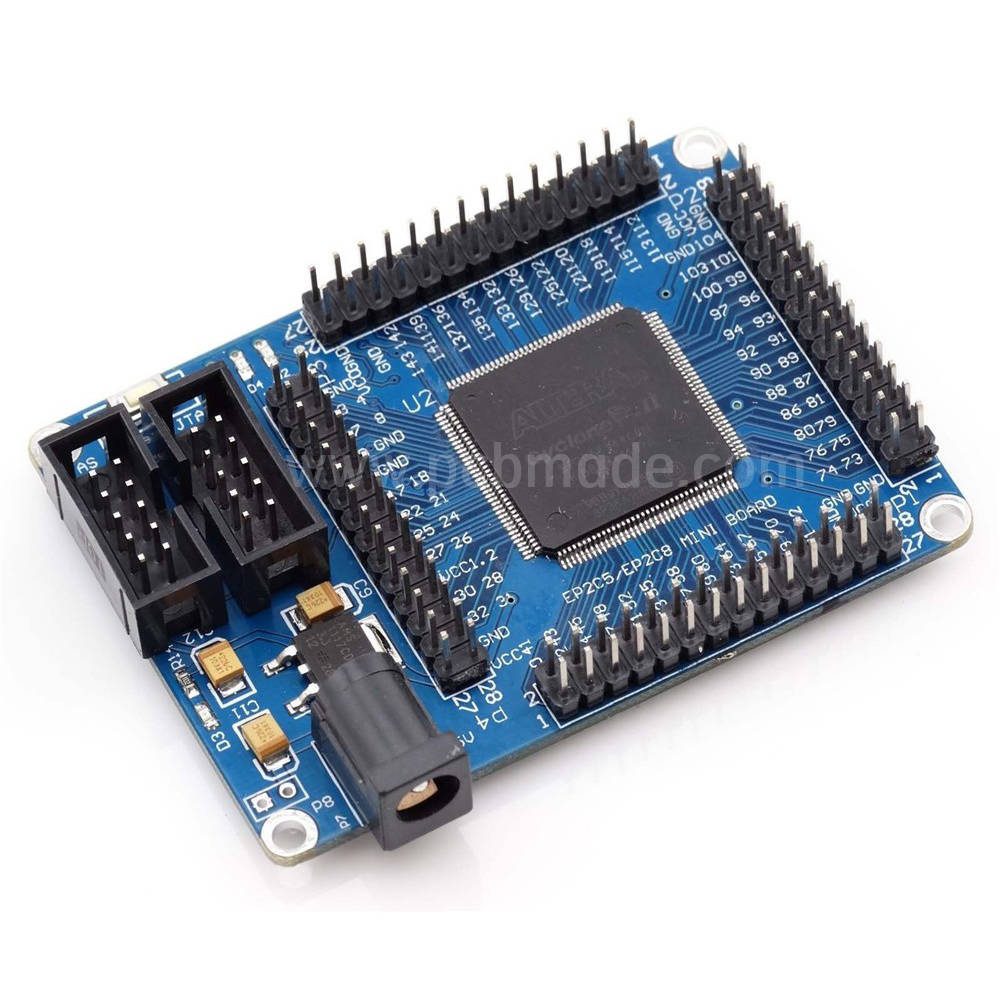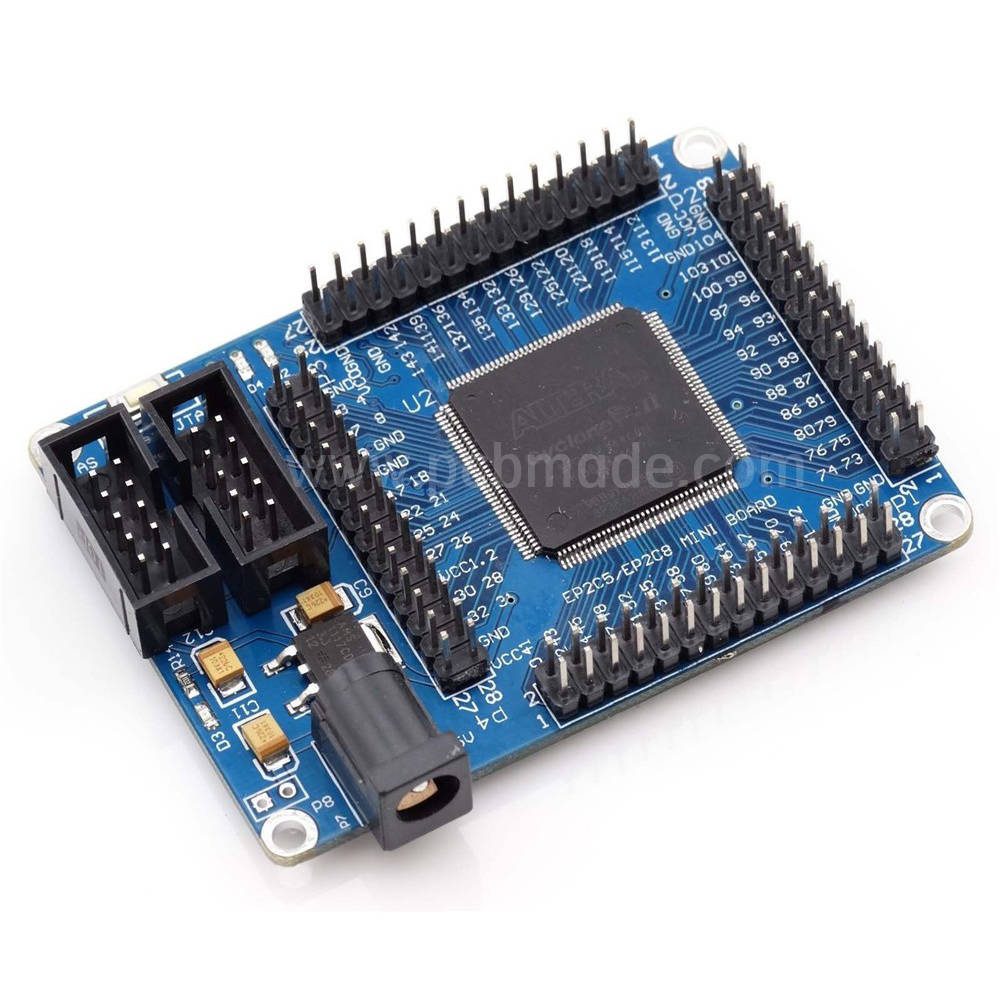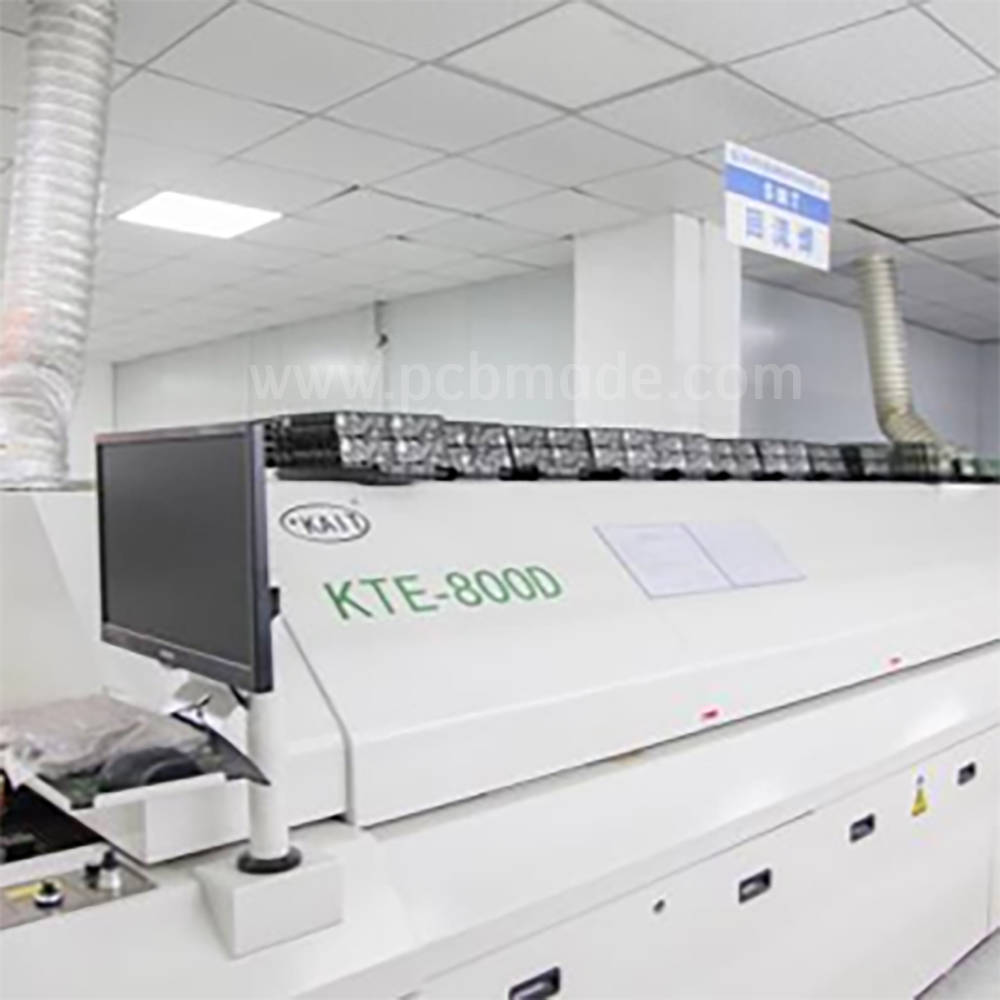PCB board is a common basic component in electronic products, similar to the backbone of electronic products, which allows different electronic components to have corresponding interfaces and circuit connections. For ordinary people, we may only see the different shapes of PCB boards, but we may not know that there are functional differences between the front and back.
Next, let’s explore the 7 major differences on both sides of a PCB board.
1. Different production processes
The front and back sides of a PCB board are produced through different production processes. Generally speaking, the front of a PCB board is directly printed by printing sketches onto the board to create the desired graphics, and then copper is removed through corrosion. The back is made from raw materials through a series of processing procedures. This is also why the back of the PCB board is slightly more complex than the front.
2. The direction of circuit connection is different.
On the front and back of the PCB board, the direction of circuit connections is not the same. The circuits on the front panel are all facing upwards, while the circuits on the back panel are facing inwards. In this way, when installing electrical components, the wiring is convenient and not prone to errors.
3. The number of solder pads on a PCB board varies slightly on both sides.
Generally speaking, the number of solder pads on the front panel is twice, three times, or even more than that on the back panel. Because there are more components on the front panel than on the back, more interfaces and solder pads are required.
4. The colors on both sides of the PCB board vary depending on the color.
The front panel is usually white or dark green in color, while the back panel is light green or gray black in color. Because the front panel is a prominent position on the outside, in addition to its aesthetic design, attention should also be paid to color matching. The back panel is more important for safety, so there is no need to pay too much attention to color design.
5. Important information is often marked on both sides of different formal PCB boards.
For example, component numbers, circuit connection ports, pad positions, and so on. Although information is labeled on both sides, the front panel is often more complete and detailed, while the back label is often more concise.
6. There are also certain differences in the size of the front and back sides of PCB boards with different sizes.
Generally, the back panel is slightly larger than the front panel. This is because the production of the back panel needs to consider some additional issues, such as pad labeling, tensile strength, etc.
7. Different levels of circuit design complexity
The complexity of circuit design varies between the front and back sides of a PCB board. Generally, if the circuit is complex or requires the addition of larger components on the board, the front panel is more suitable for design. The back panel is more suitable for simpler circuit designs or situations where more solder pads need to be arranged.
In short, a thorough understanding of the functions and differences between the front and back PCB boards will be helpful for the future use, maintenance, and other aspects of electronic products.


